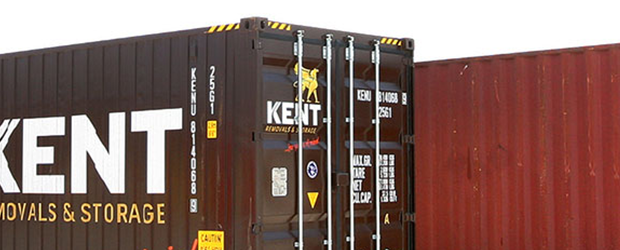
In storing various commodities over the long term, you need to be aware of certain limitations. A refrigerated container needs to adapt, to account for these rigid laws of nature. To clarify. unlike the short term operation model, perishable items continue to age when weeks and months are passing. This extended time period requires environmental settings that go beyond mere climate control. Simply put, keeping a sub-zero environment within an insulated container is perfectly adequate when managing a short-to-medium freight storage scenario. The intermodal freight transport model will keep on moving, storing the perishable cargo in containers, loading the freight into trailers, and moving forward to a final destination for eventual consumption. At least this is the assumed strategy when applied to foodstuff.
Returning to our introduction, other factors are in motion during the extended residence of perishable materials. Fortunately, we now have mechanisms in place that offset this broadened business strategy. Temperature management and monitoring control is thus a misnomer because modern climate-control systems are capable of far more than lowering the temperature. An air management system works alongside temperature management equipment, operating in concert with this cooling effect to reduce the presence of oxygen and extend the freshness quotient of the stored cargo. This applies particularly to food-related freight, to fish and vegetables. To understand why this condition should exist in the first place, we need to understand the cycle of organic wastage.
Food is classed as an oxidatively-degradable material, a fancy term that translates to lost freshness due to our atmosphere and Mother Nature. The colour will fade and the flavour will turn bland. The texture and cellular strength of the product will inevitably interact with the oxygen in the atmosphere. The result is aging, an oxidization of valuable products. Fortunately, once again, AFAM (Automated Fresh Air Management) systems are available to rid us of this possibility. There are several classes of AFAM available, and each one adds formidable life extension properties to a reefer.
The pairing of climate control management with air management settings is a dramatically effective way to administer a long term storage strategy. When this dual control system is in place, you're granted near boundless supervisory access to the aging effect, and you can slow loss of freshness to a crawl. The logistics issue then opens up, surrendering to several options. There's the flexibility of keeping the freight 'on ice' for as long as needed and the ability to change plans if necessary in response to unforeseen circumstances. One example would be a ship stranded at sea. The container company in question, Tritainer Services comes quickly to mind, has the option to keep the frozen and air-starved material fresh until the transportation cycle is resumed.
| After Hours: | Danny 0408 488 114 |
Optimized by NetwizardSEO.com.au